For over 25 years, Huma Bhabha (b. 1962, Karachi, Pakistan) has been making objects, drawings, and other works that depict the strangeness and vulnerability of the contemporary figure. Her hybridized forms, which borrow from ancient and modern cultural sources alike, exude pathos and humor, going straight to the heart of the most pressing issues of our time. Posing questions about the alien qualities of unfamiliar beings, and the criteria by which lifeforms are considered monsters, Bhabha locates the point where science fiction, horror, modernist form, and archaic expression intersect. The timelessness of her objects is enhanced by her technical mastery and her creative approach to her materials, by which she draws attention to the similarities and differences between natural and manmade substances. In monumental outdoor projects for public spaces, meanwhile, she uses bronze to stage large-scale mediations on nature, war, and civilization’s ancient past and distant future.
Huma Bhabha (b. 1962, Karachi, Pakistan) has been the subject of solo exhibitions at institutions that include the Institute of Contemporary Art, Boston (2019); The Contemporary Austin, Texas (2018); the Metropolitan Museum of Art, New York, where We Come In Peace, an installation of large-scale sculptures, was a Roof Garden Commission (2018); David Roberts Art Foundation (2017); MoMA PS1, Long Island City, New York (2012); Collezione Maramotti, Reggio Emilia, Italy (2012); and Aspen Art Museum, Aspen, Colorado (2011). Among the many group exhibitions in which she has participated are the Yorkshire Sculpture International (2019); Carnegie International, 57th Edition, Carnegie Museum of Art, Pittsburgh (2018); and All the World’s Futures, 56th Venice Biennale (2015). Bhabha’s work is in the permanent collections of the Centre George Pompidou, Paris; Hammer Museum Los Angeles; Los Angeles County Museum of Art; Metropolitan Museum of Art, New York; Museum of Fine Arts, Houston; Museum of Modern Art, New York; and the Whitney Museum of American Art, New York, among other institutions. She lives and works in Poughkeepsie, New York.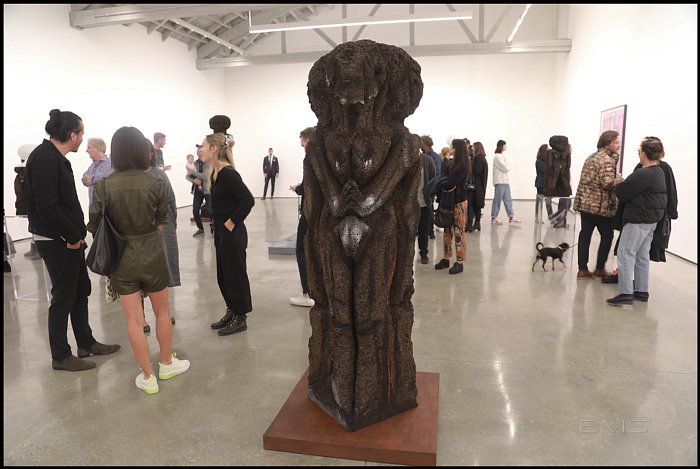
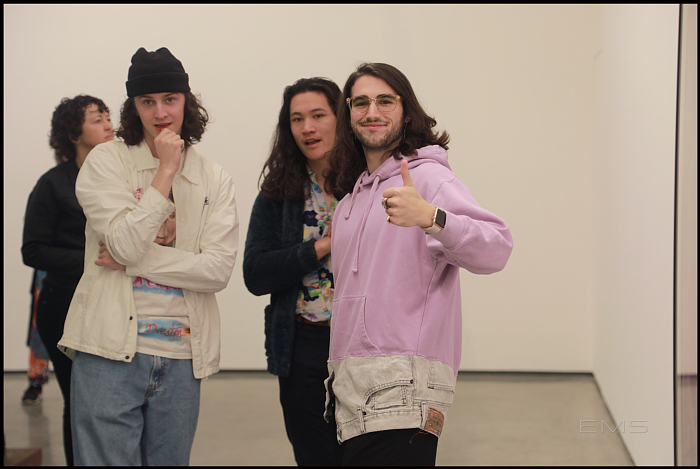
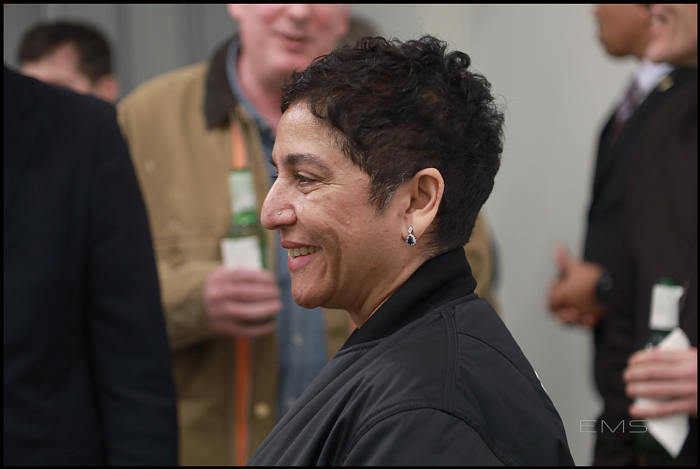
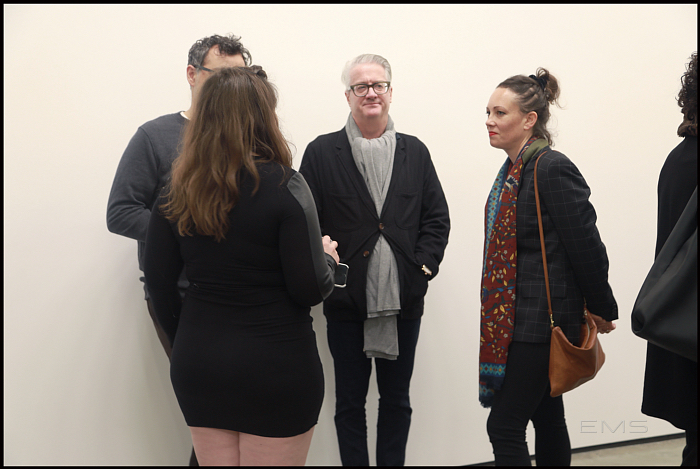
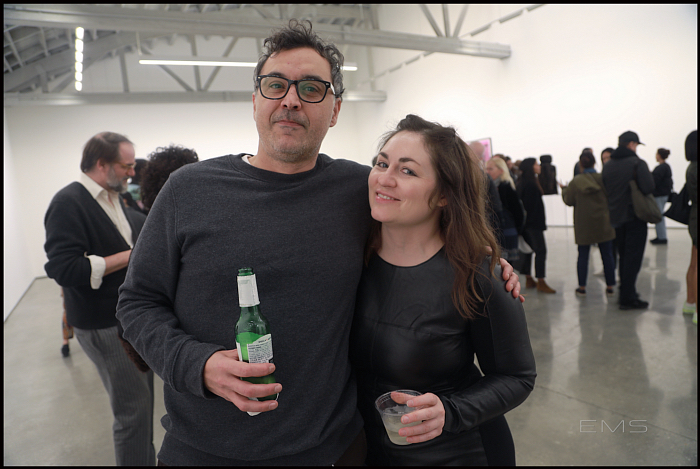
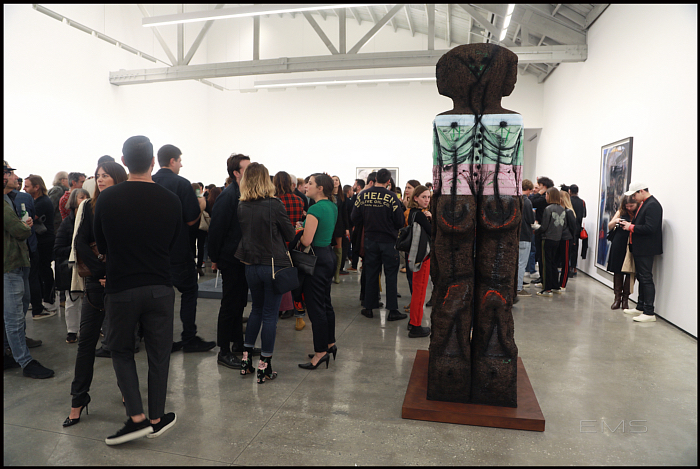

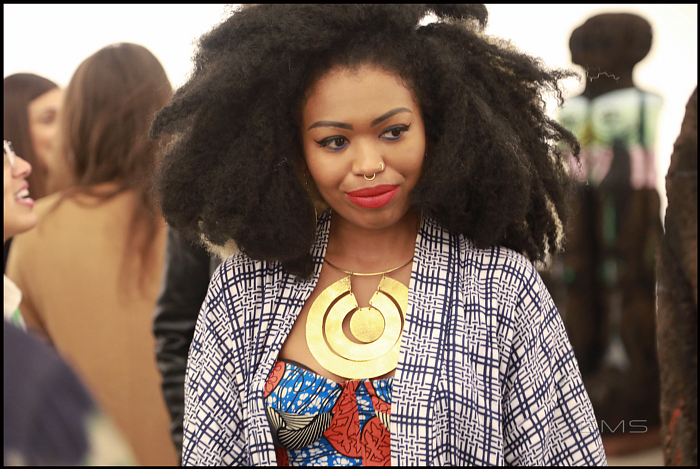
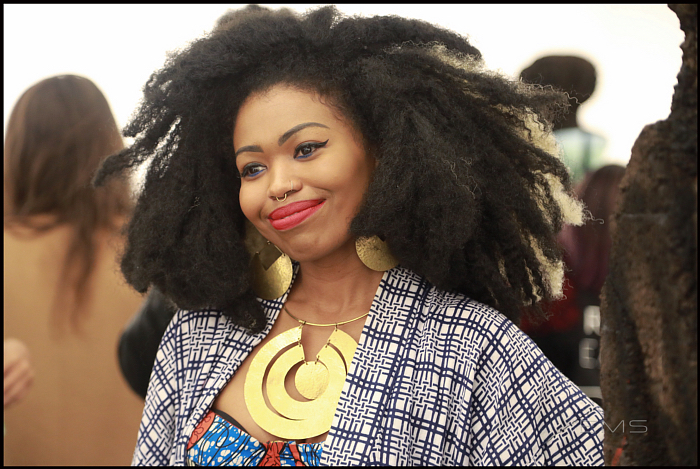
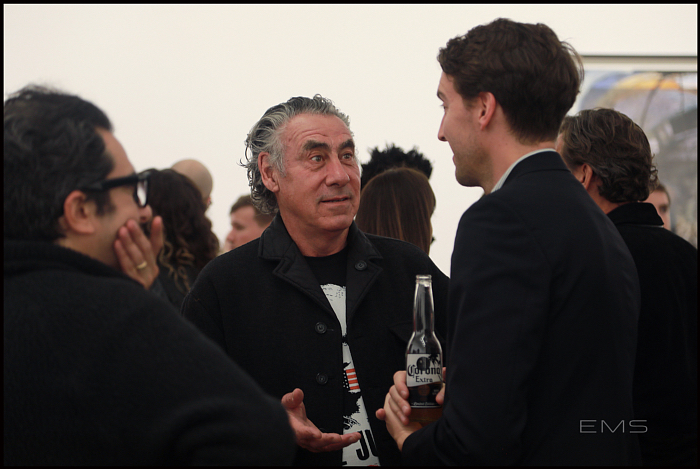
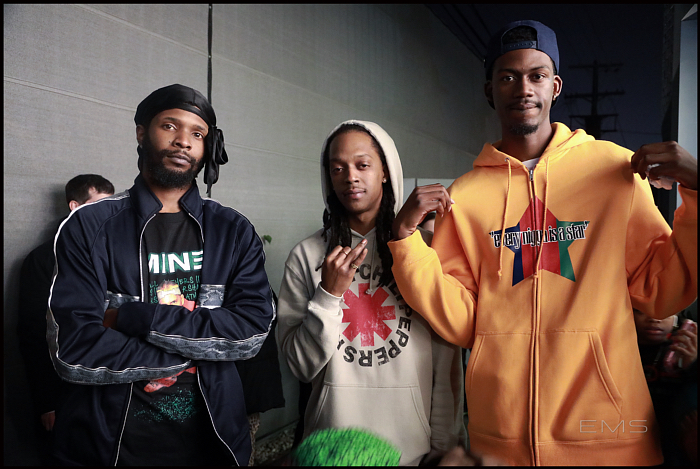
– for more information on additional images from this event please contact EMS at emsartscene@gmail.com or Instagram at @ericminhswenson

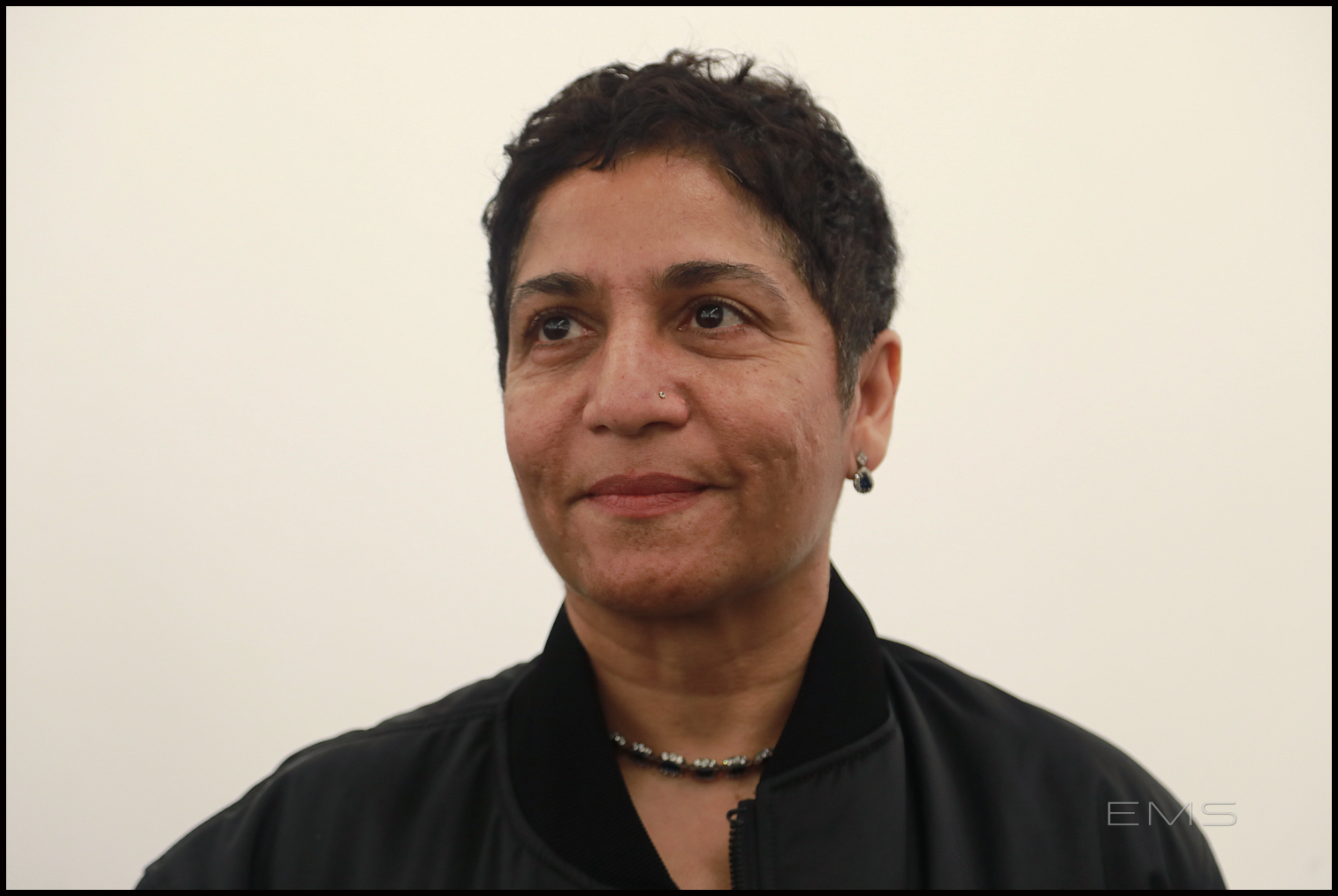
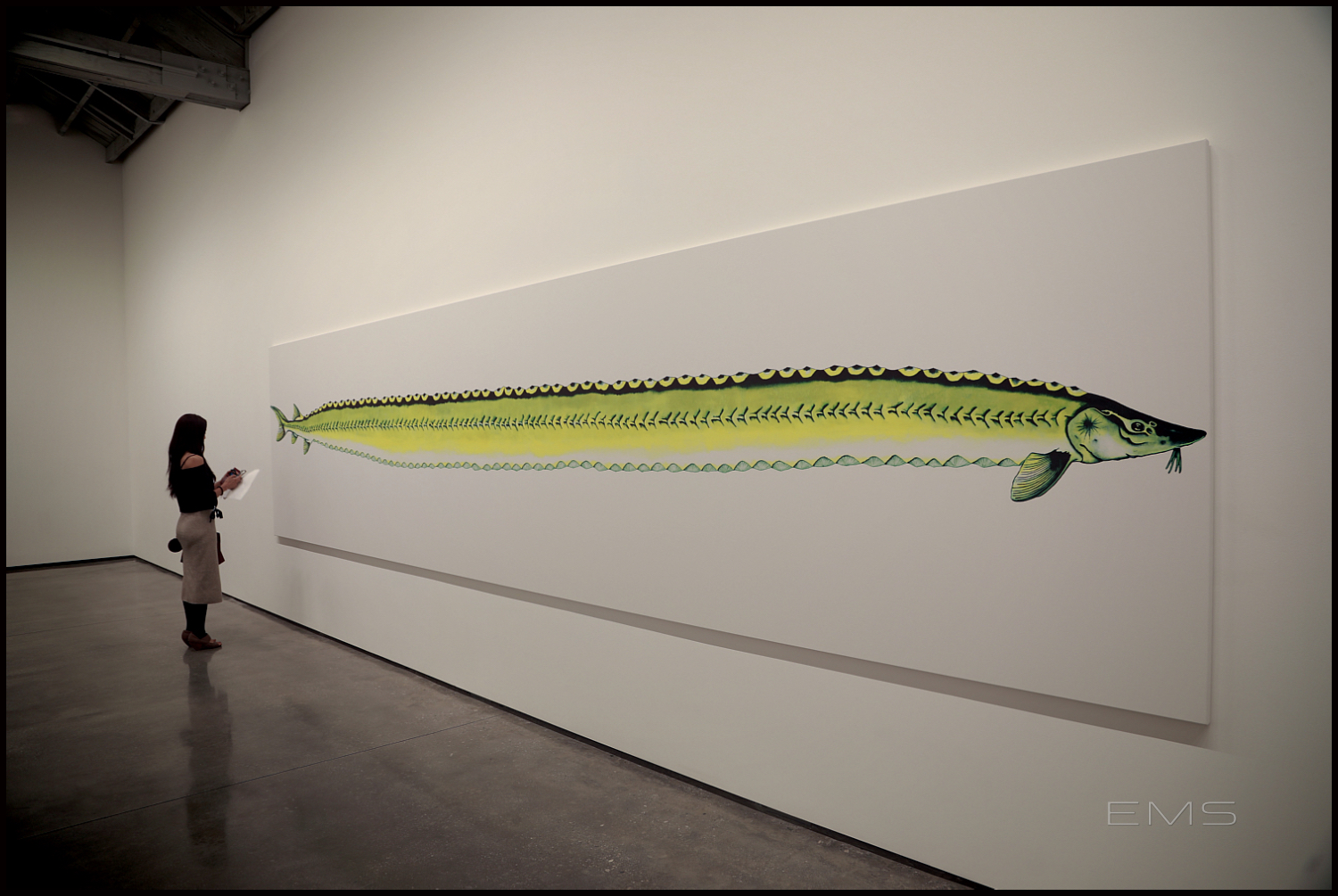
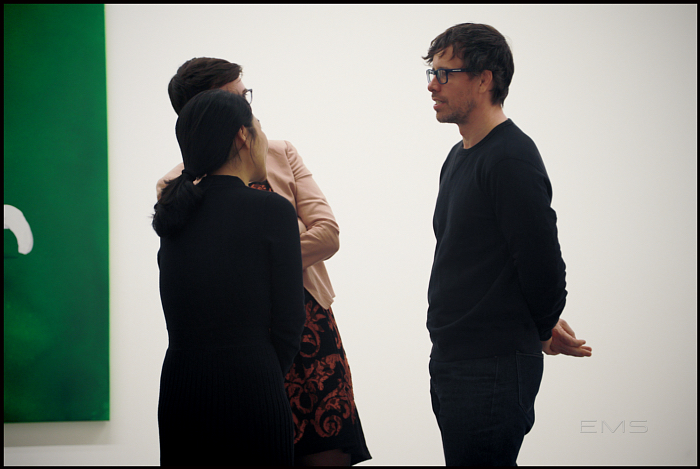
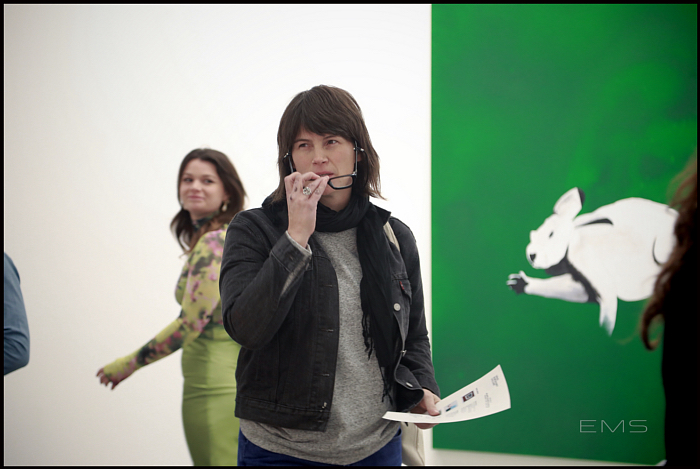

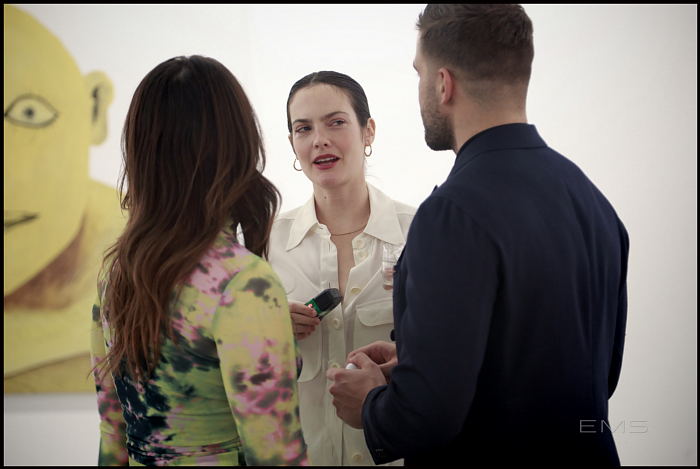
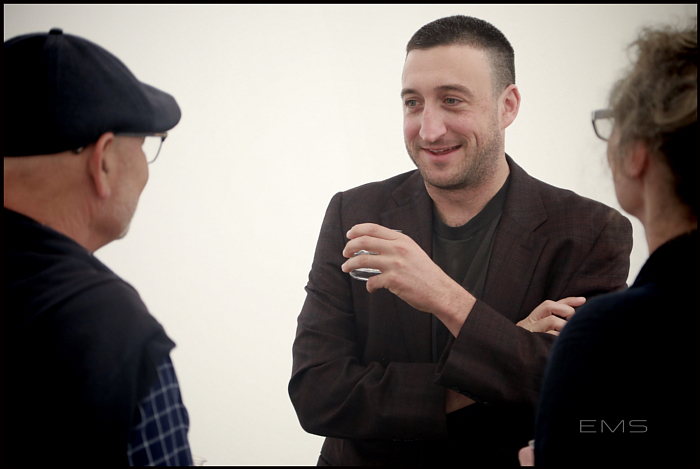

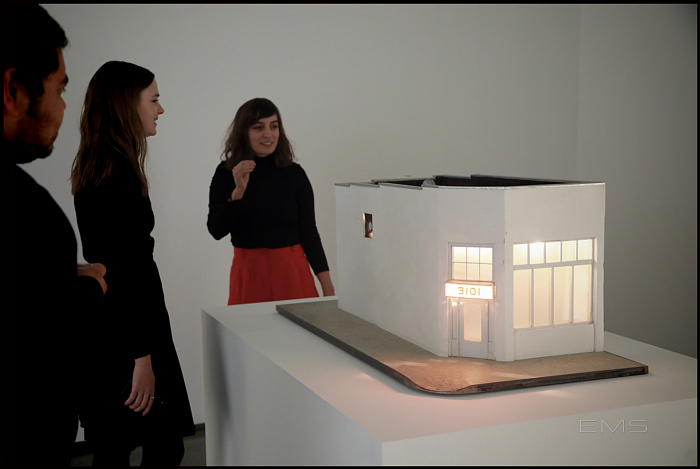
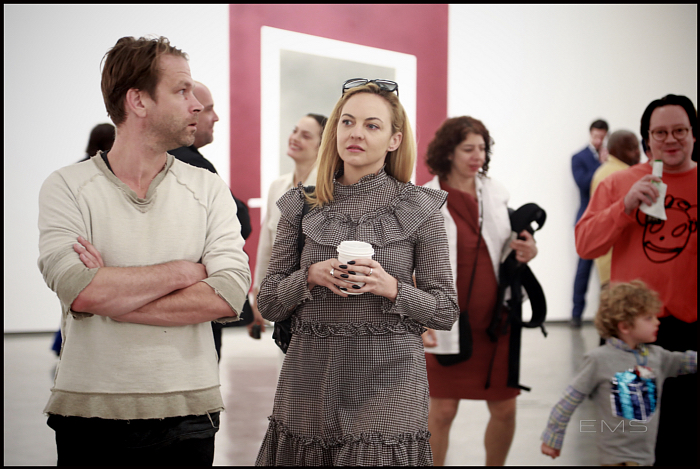
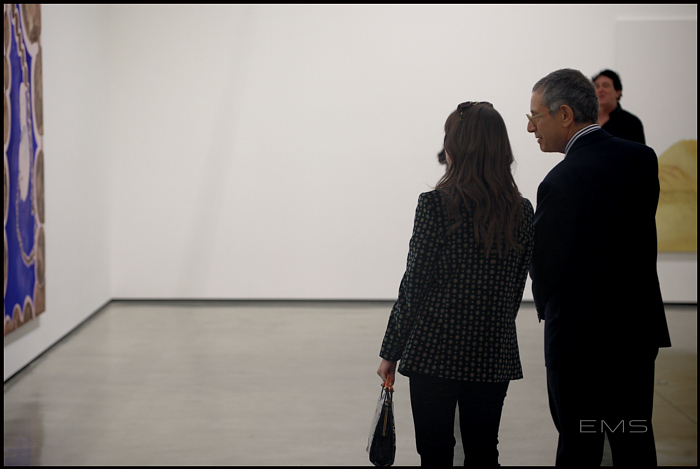
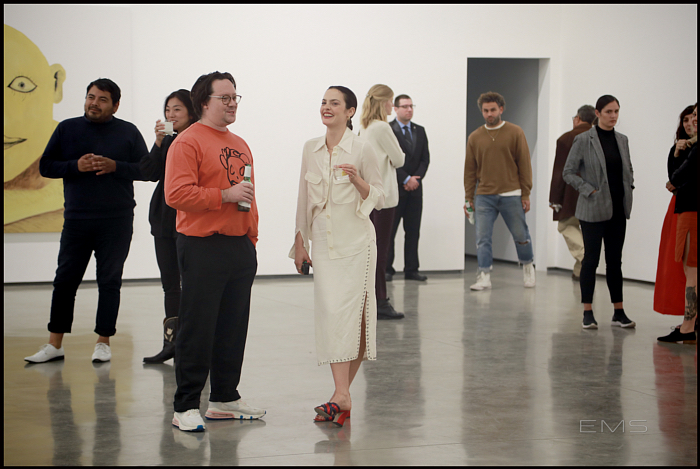
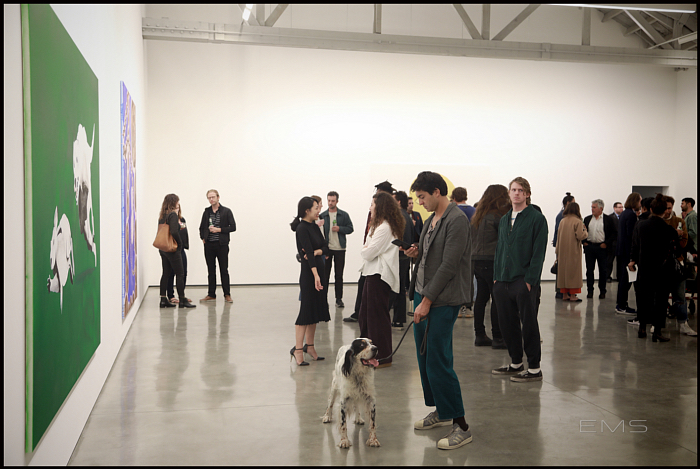
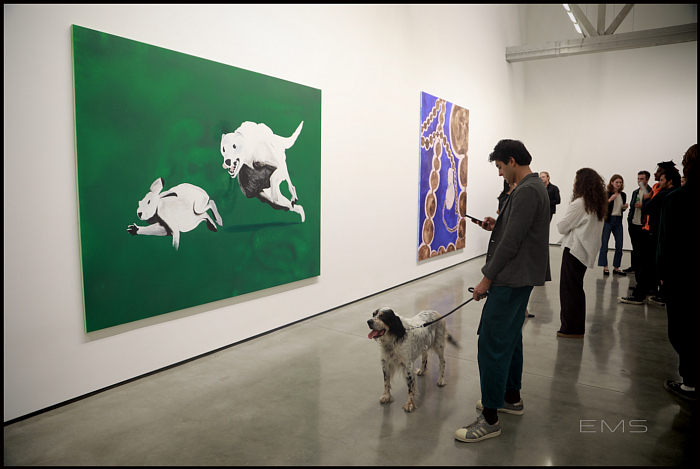
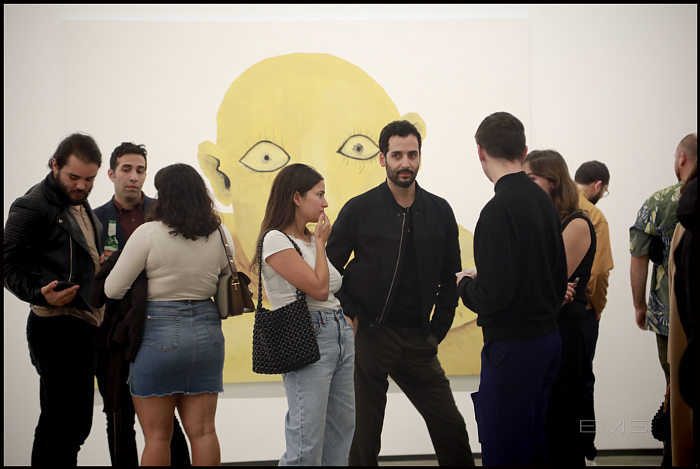
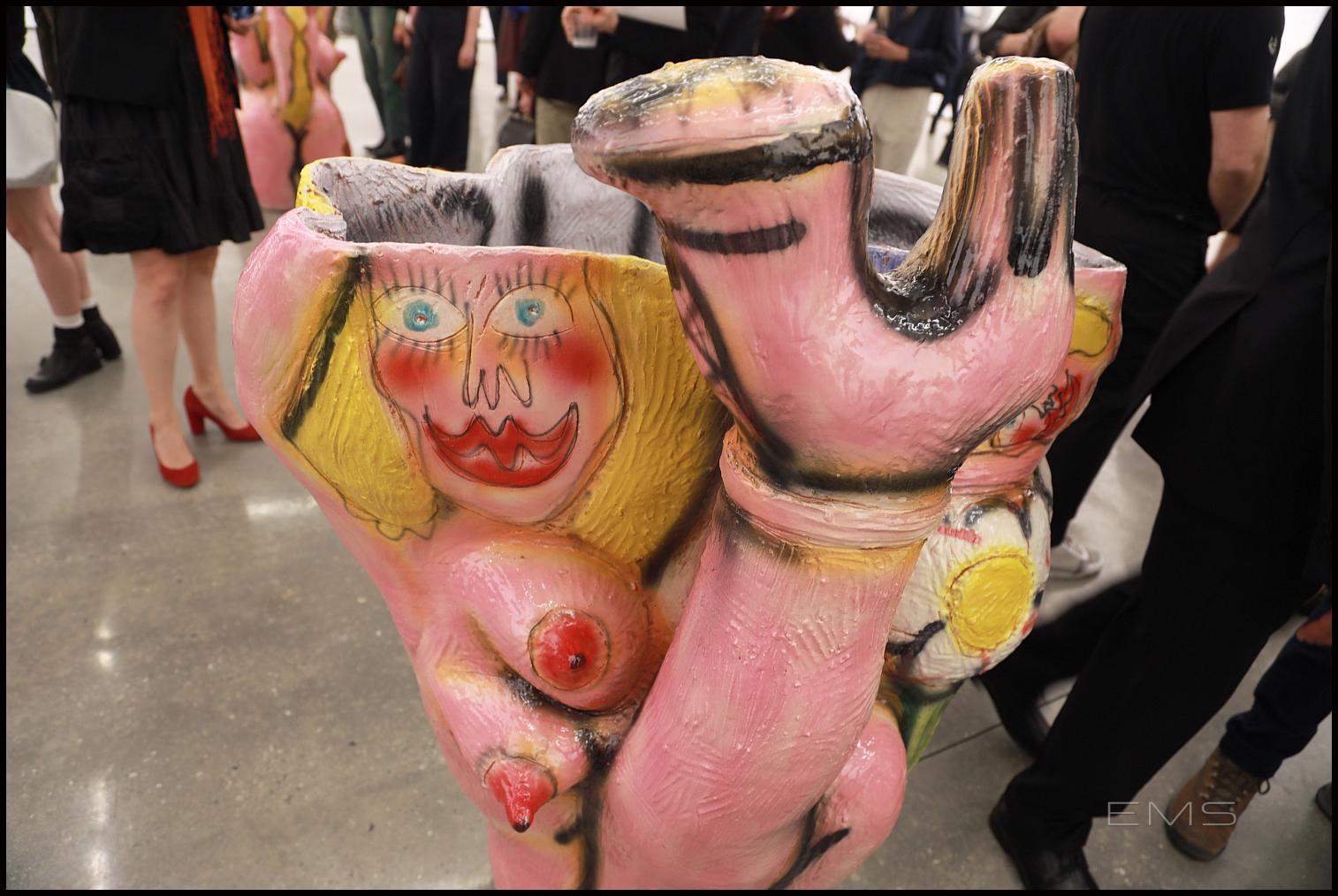
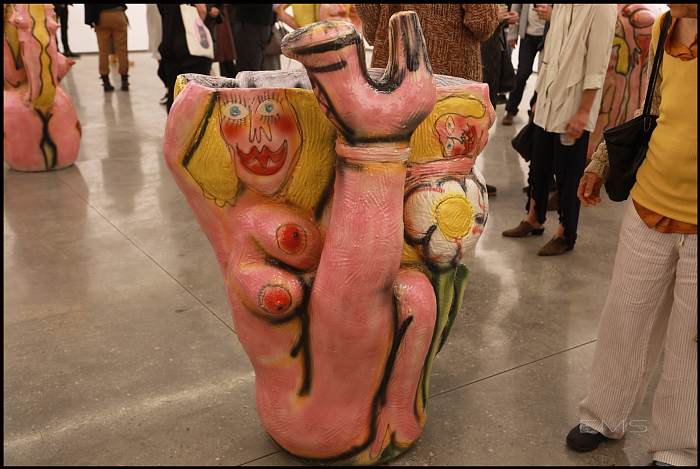
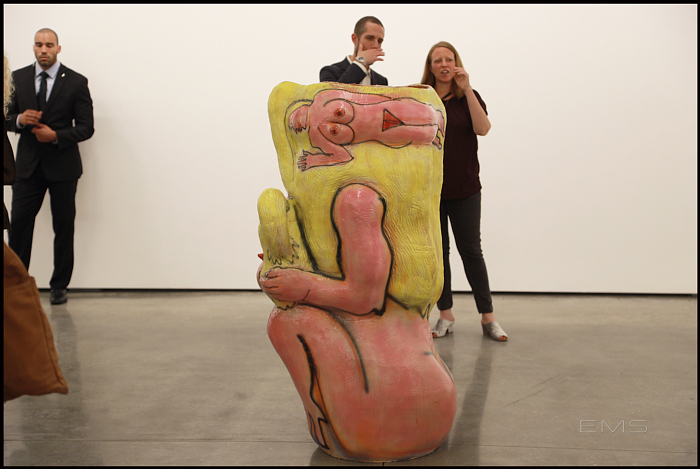
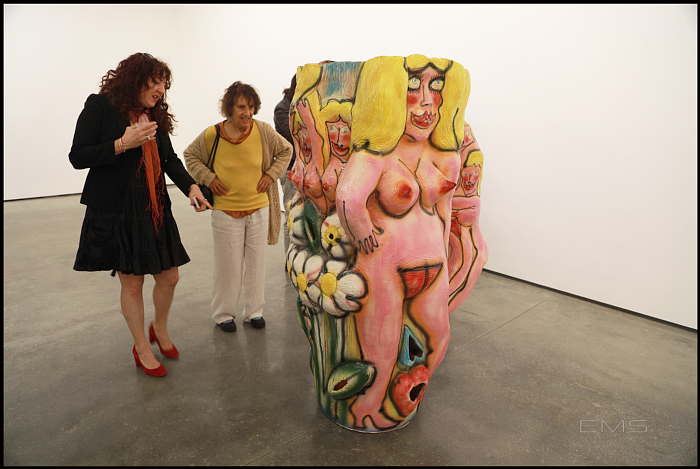
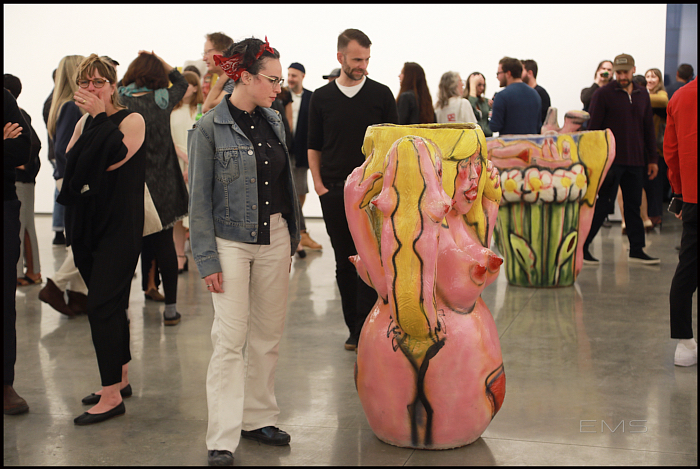
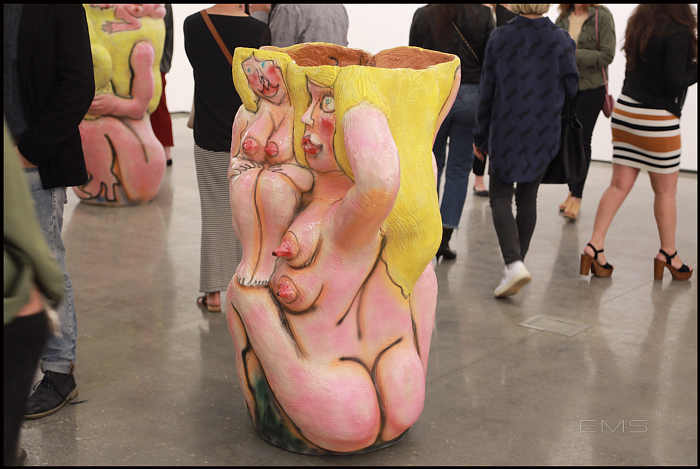
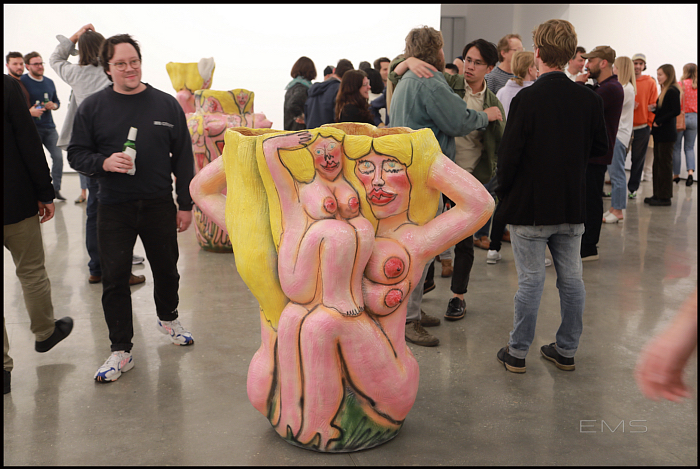
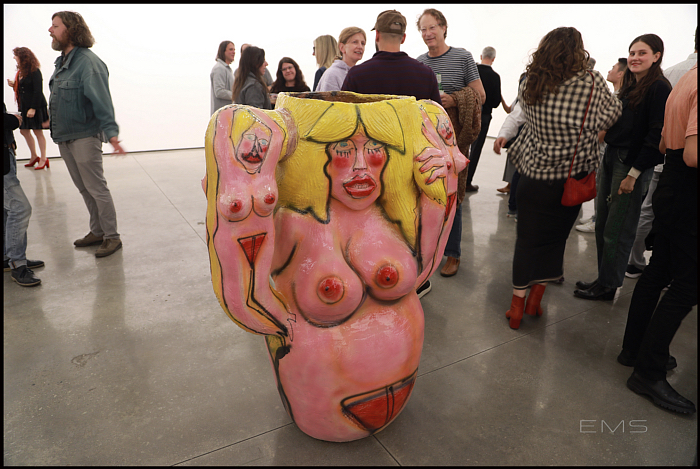
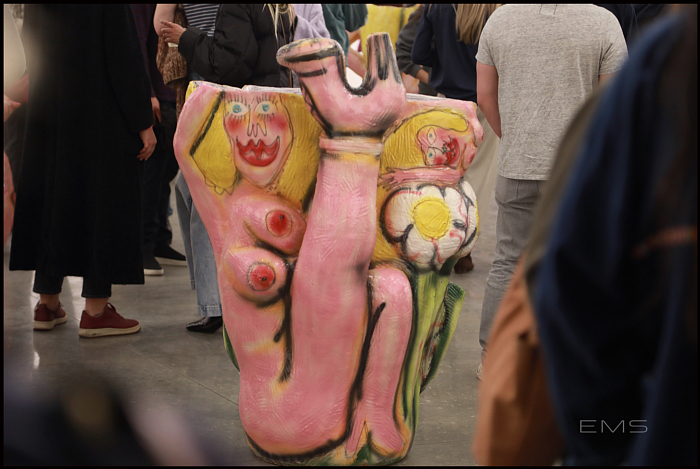
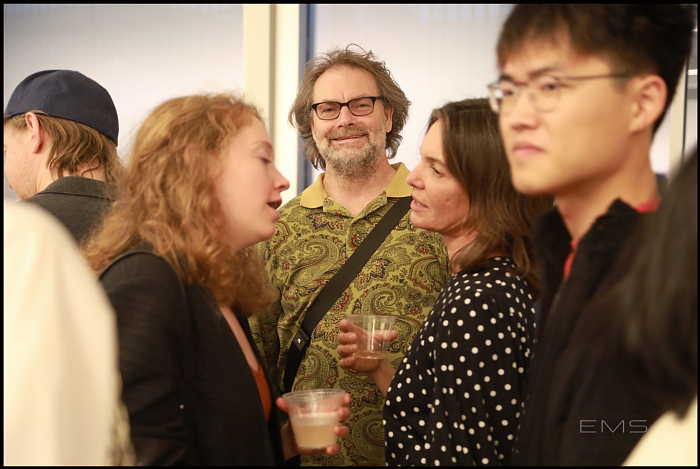
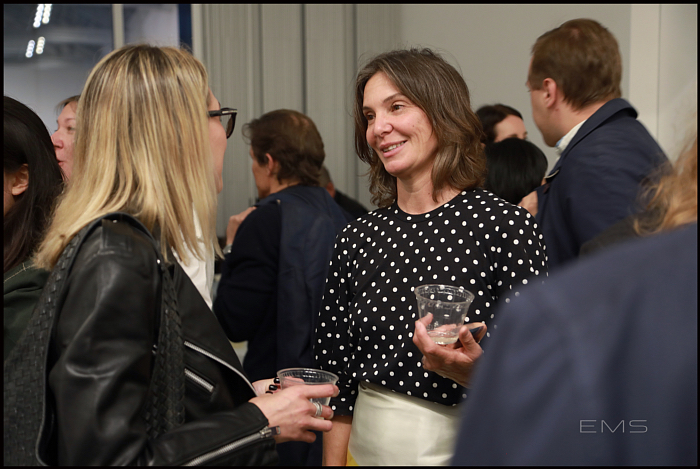
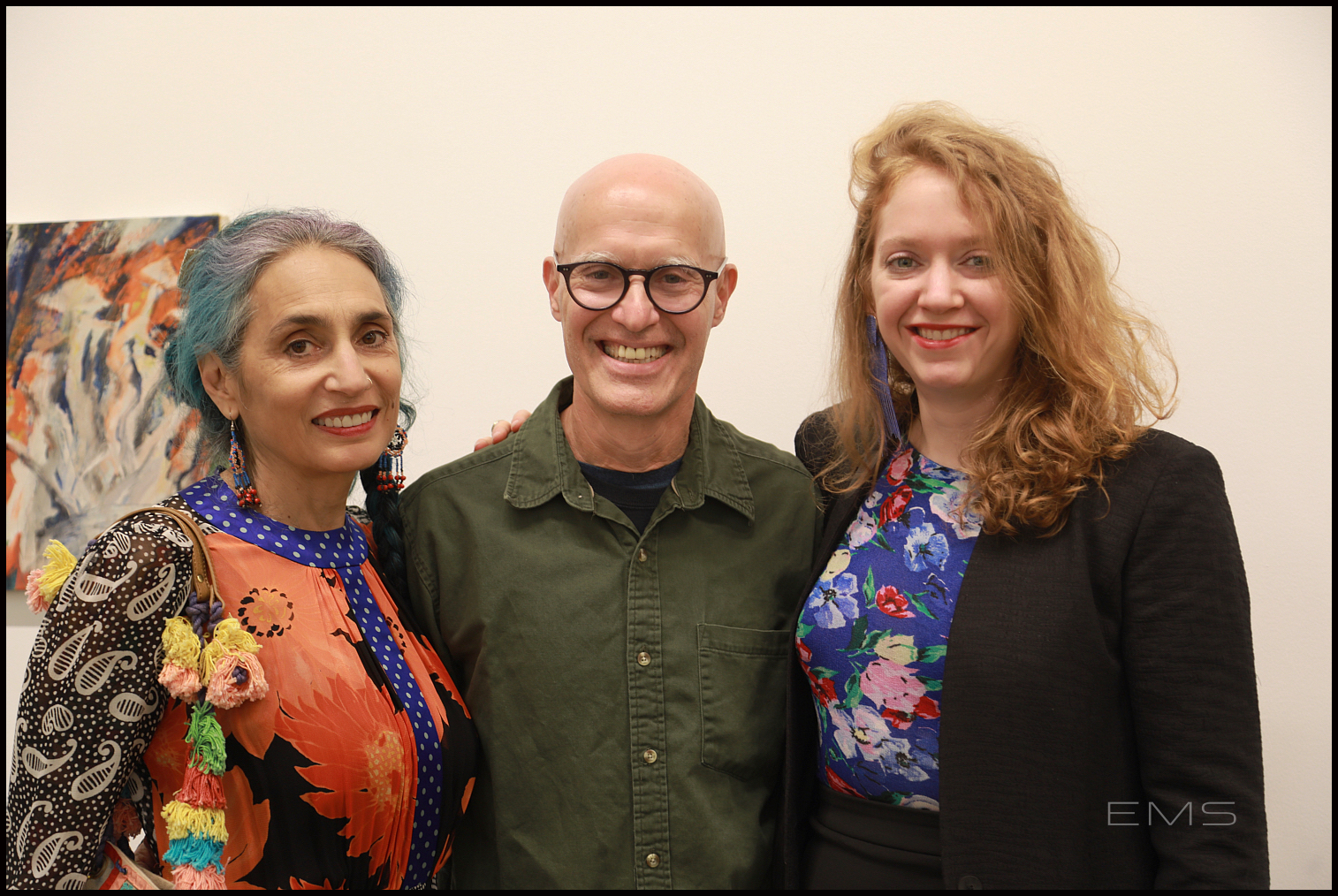

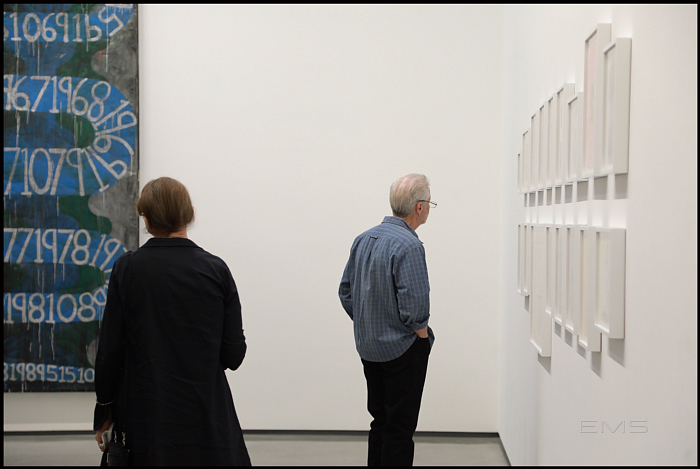
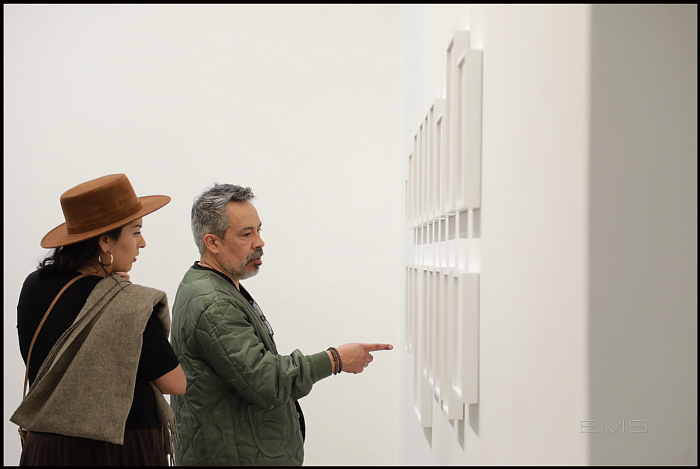


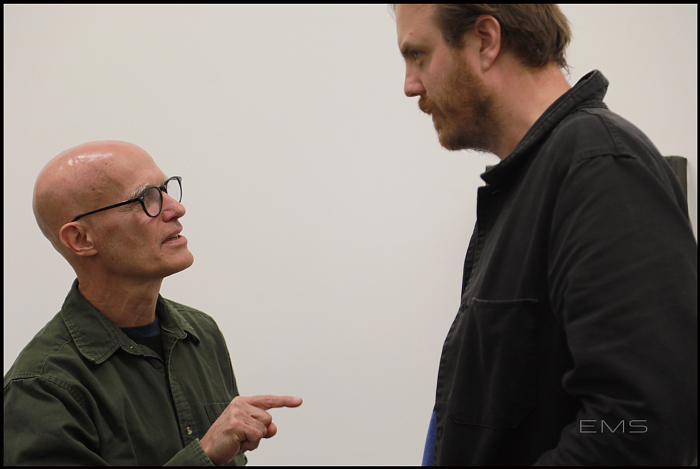
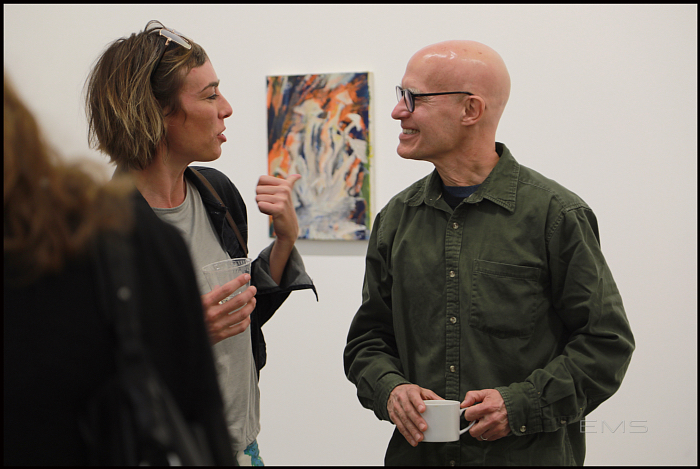
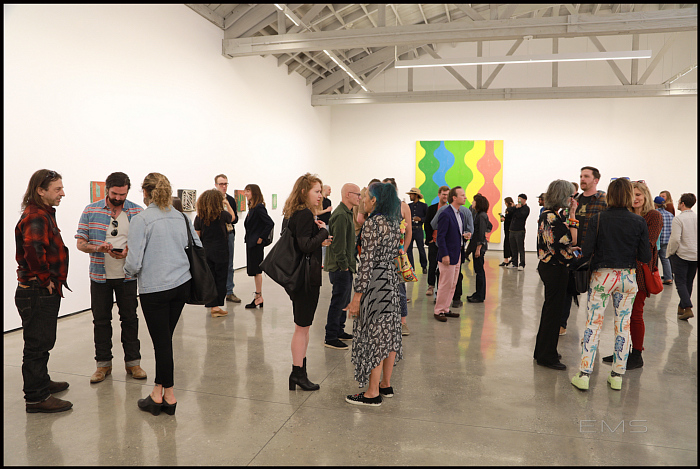


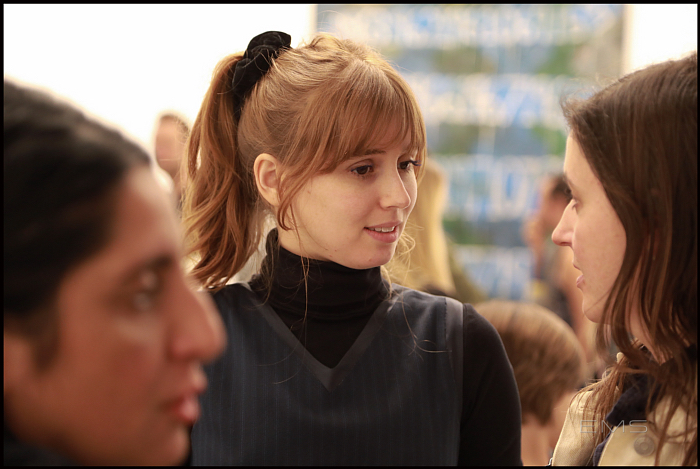
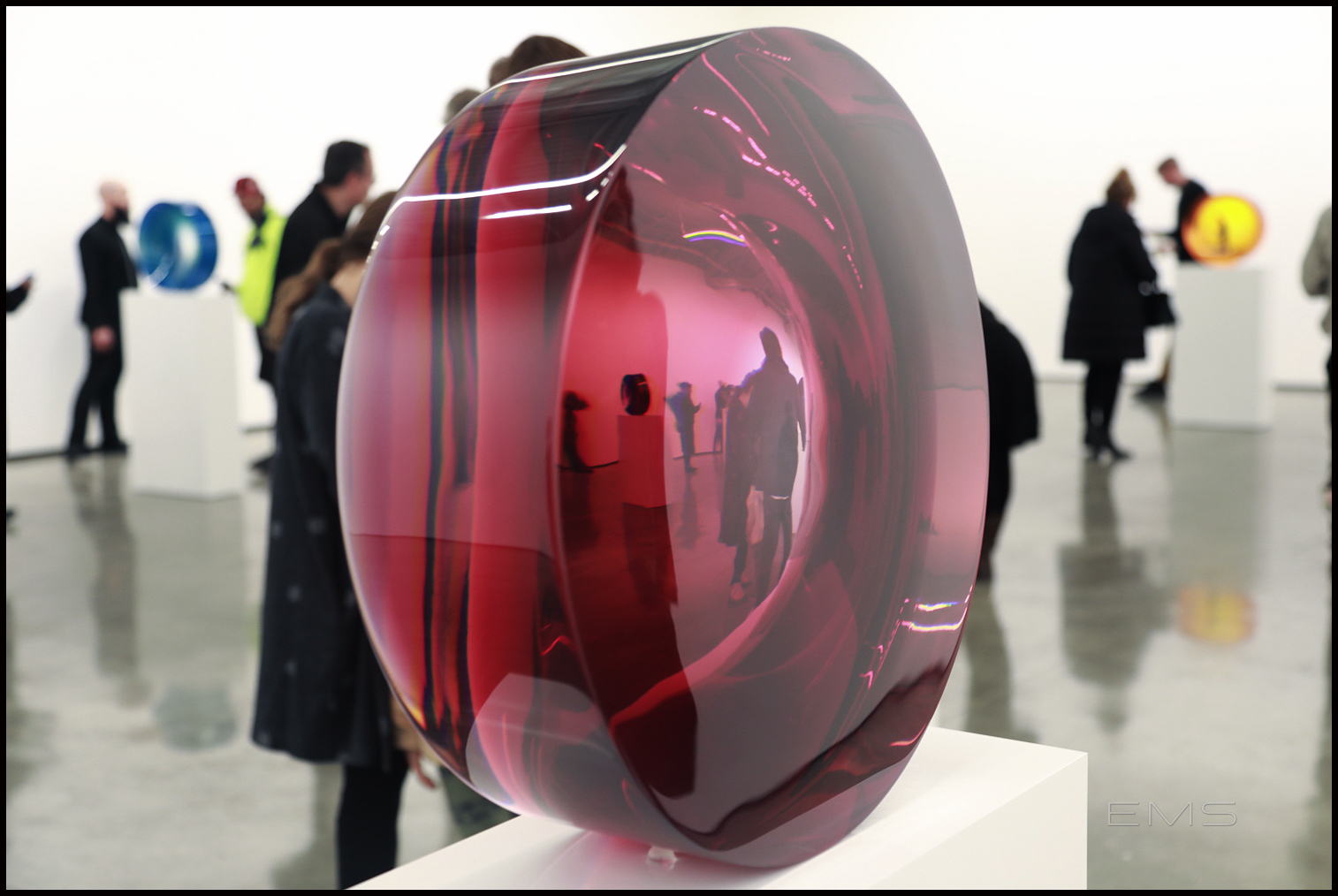
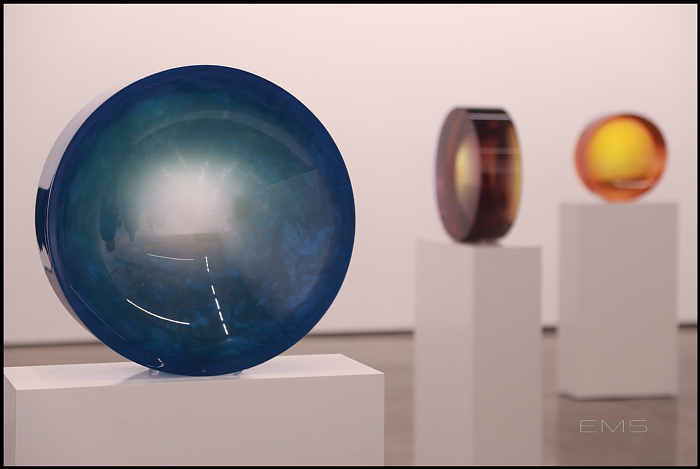
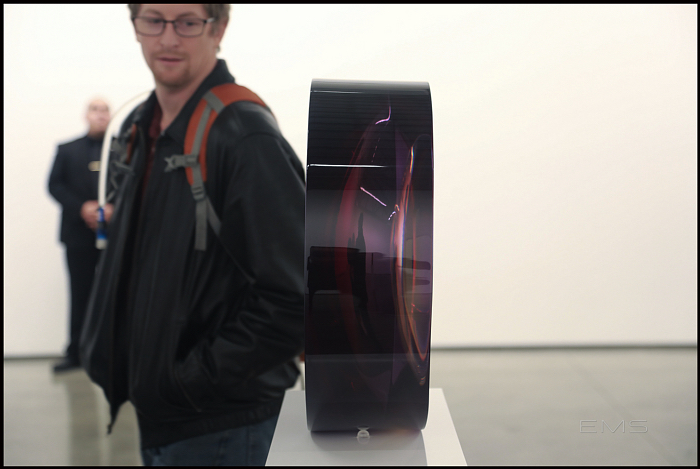
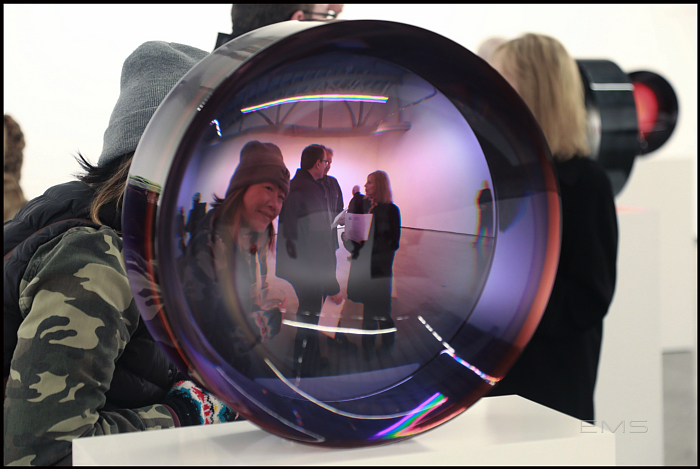
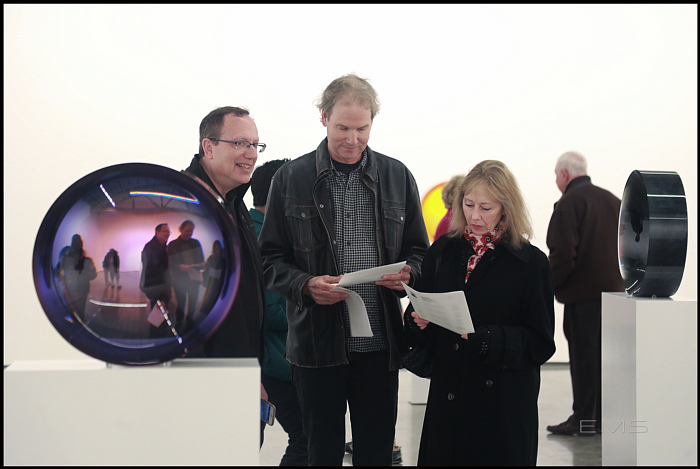
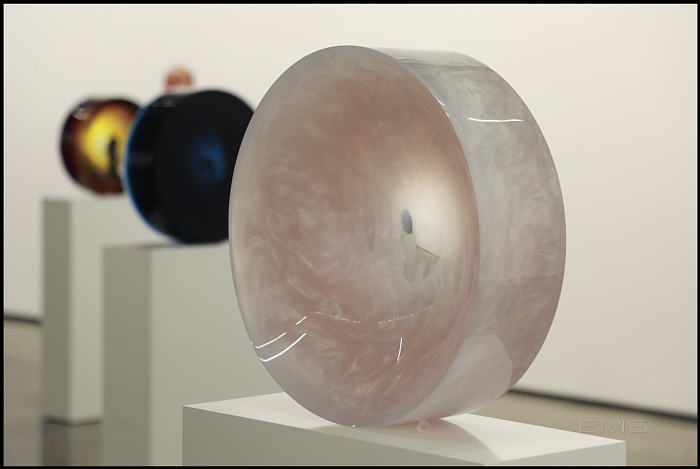
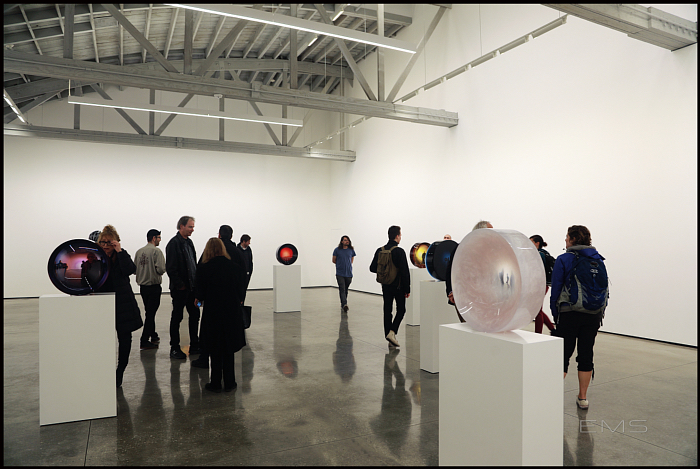
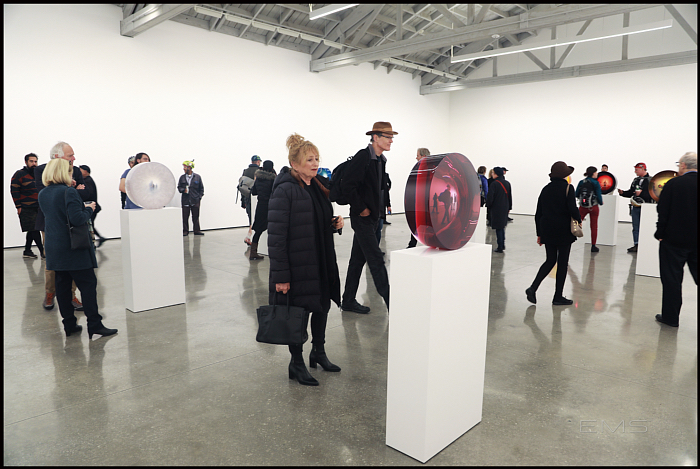
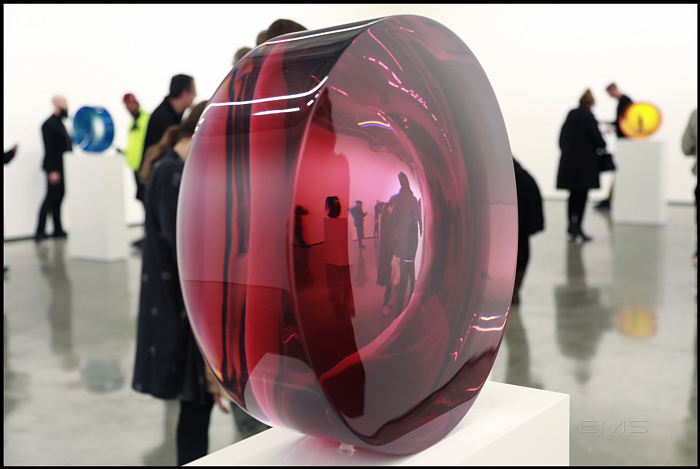
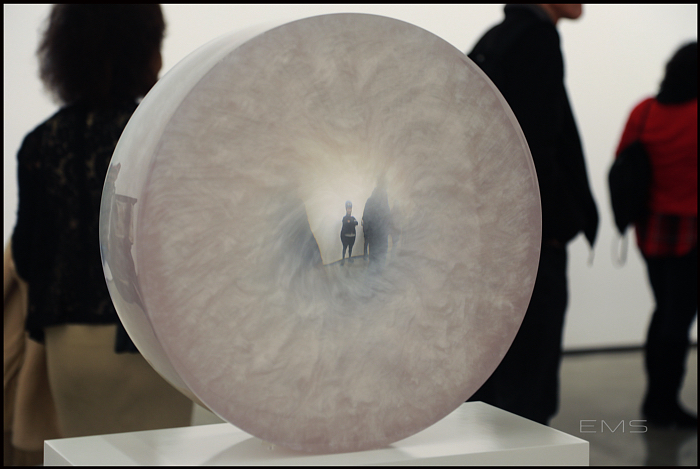
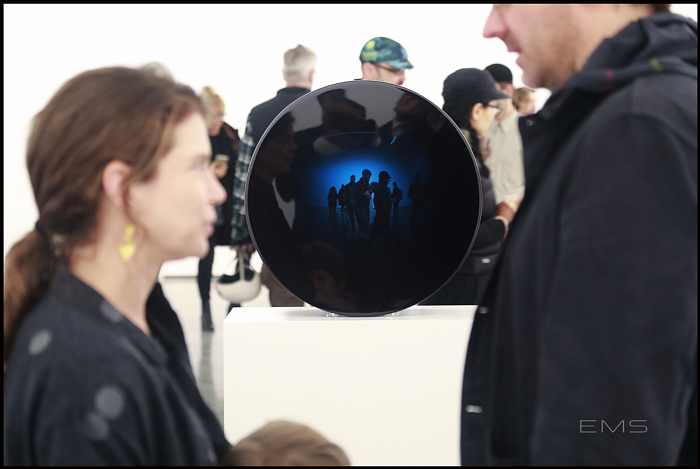
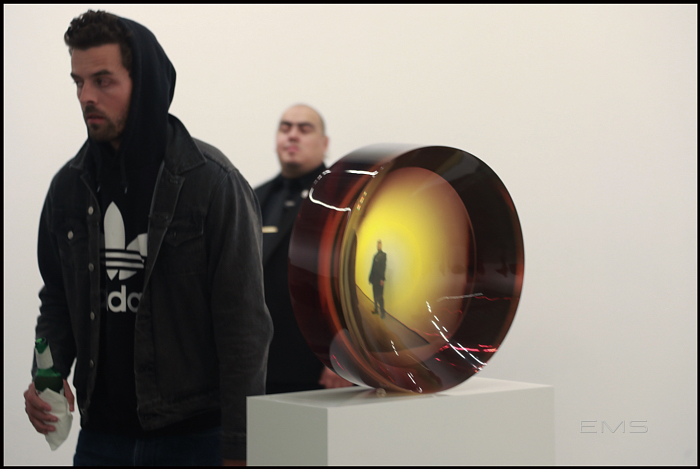
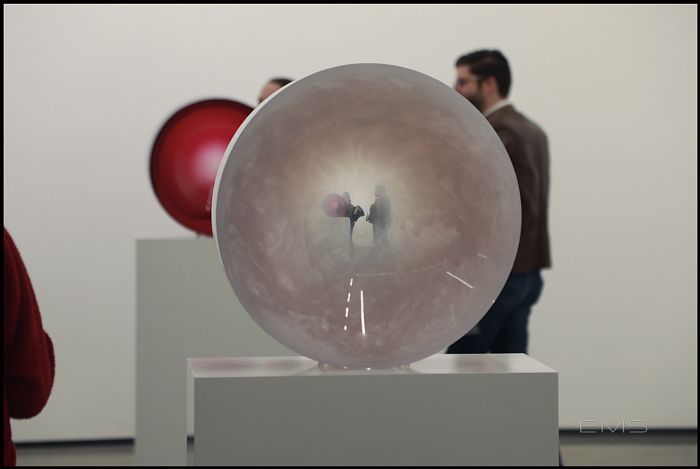
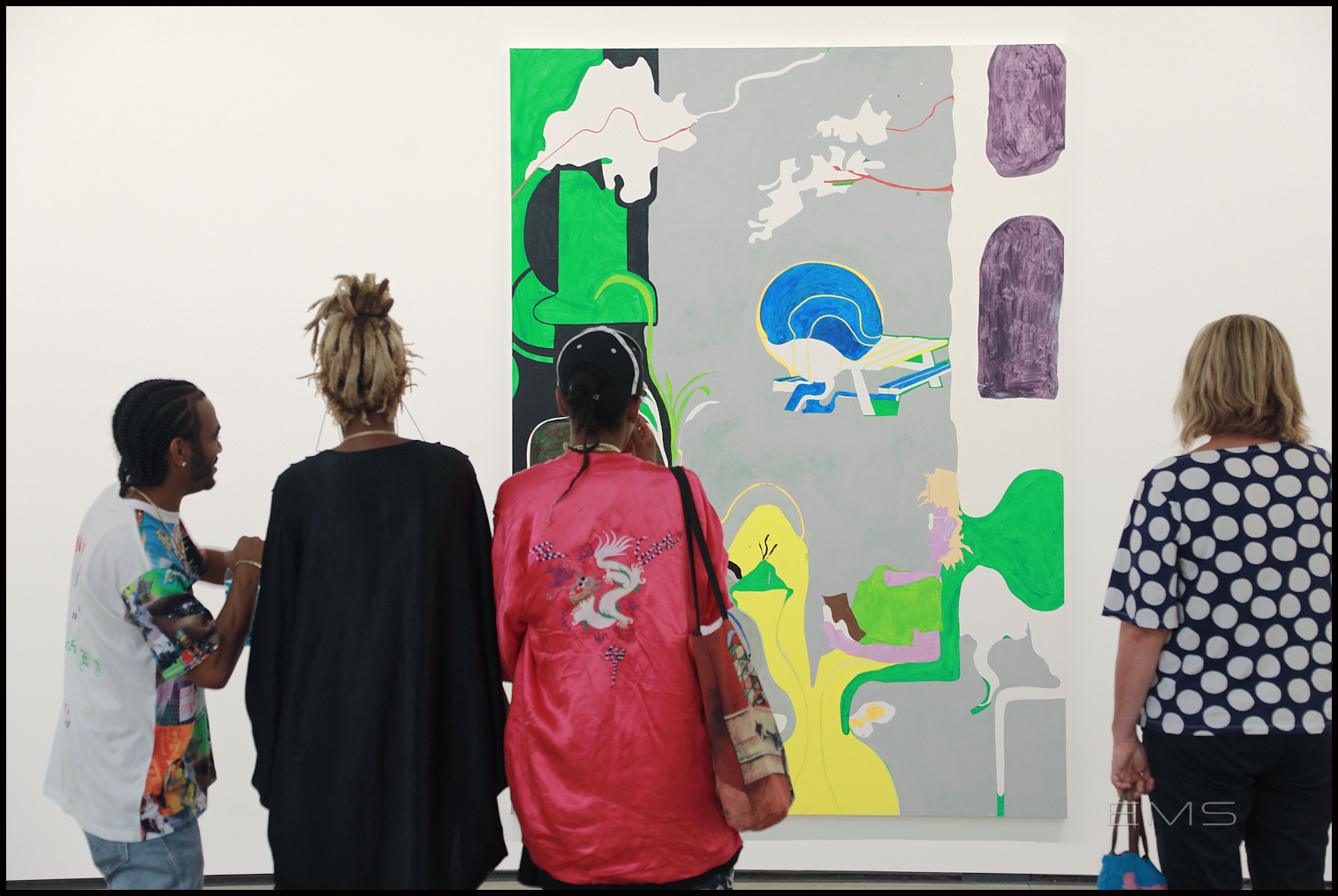
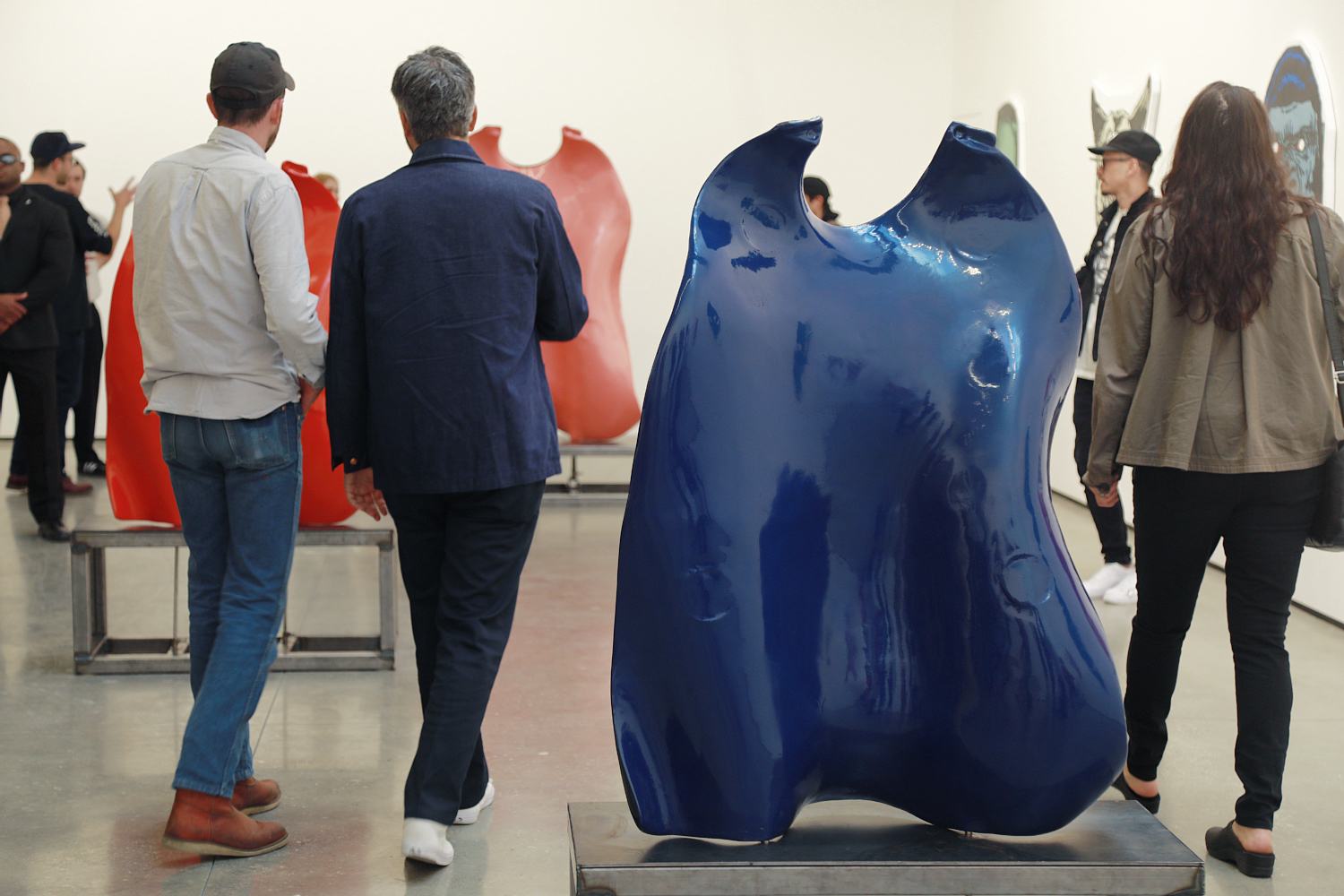
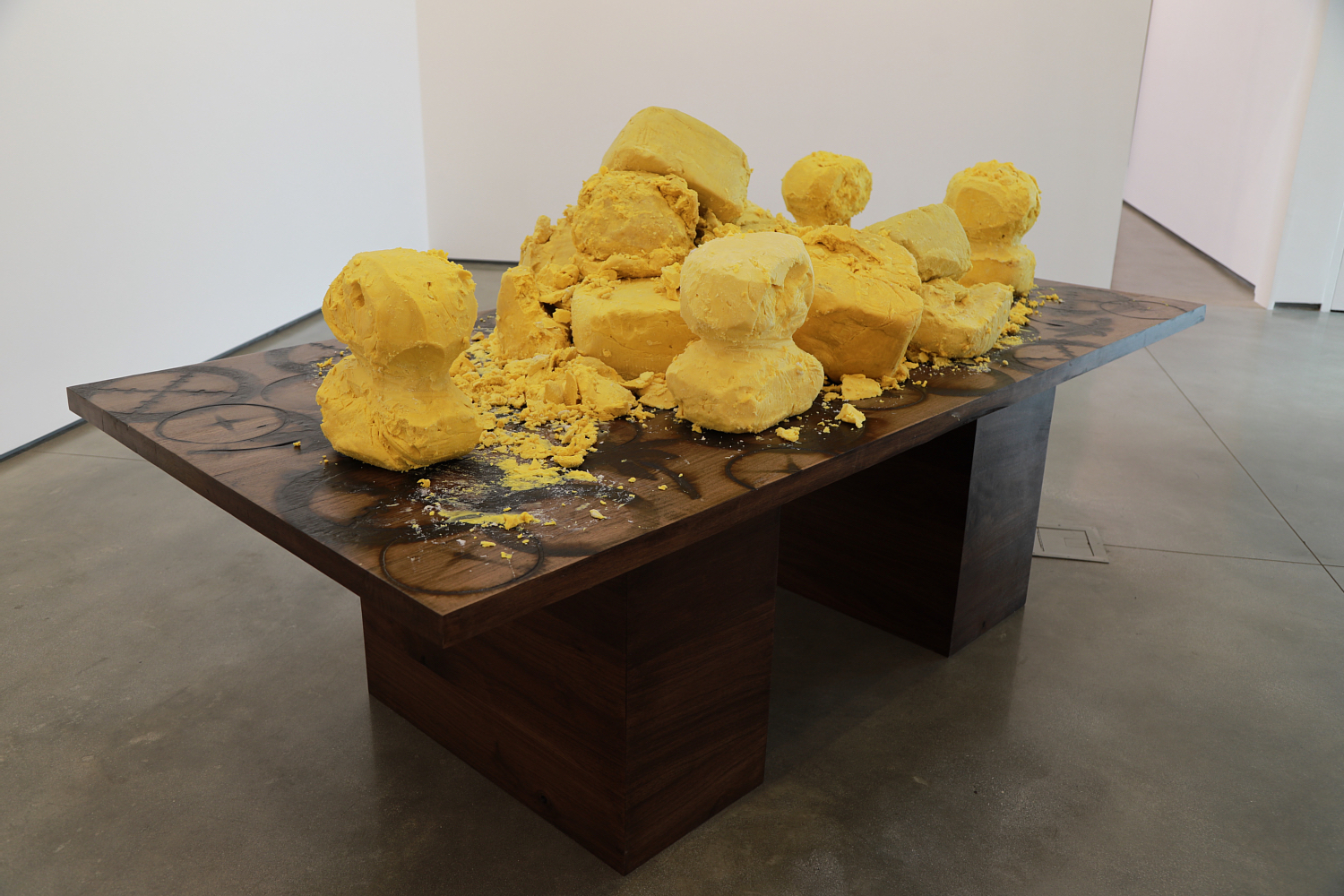
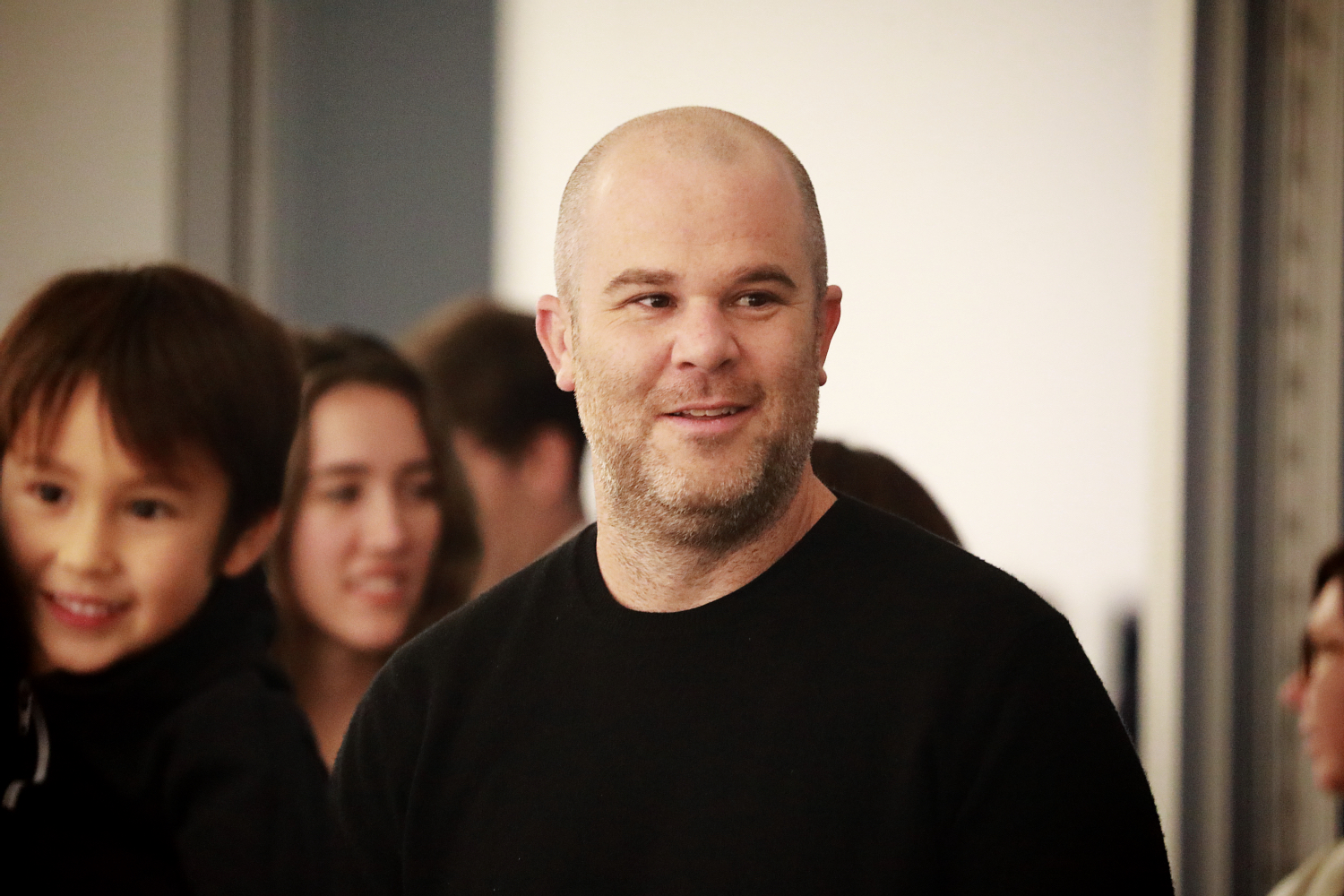
Recent Comments